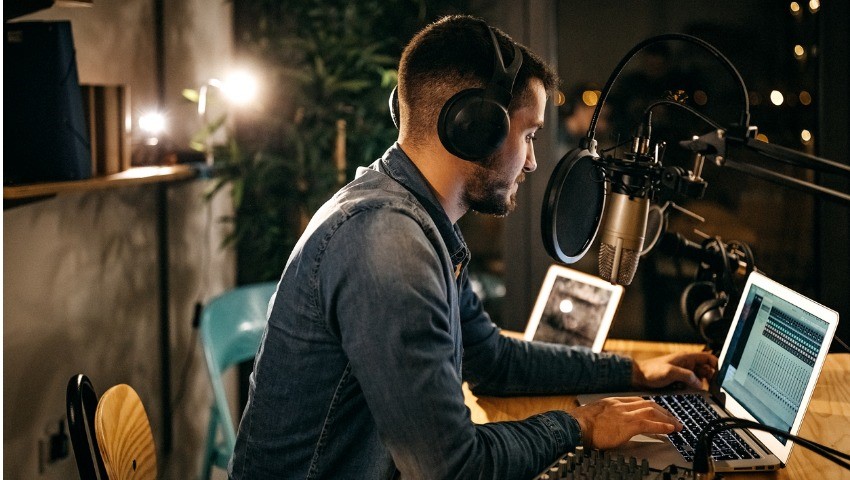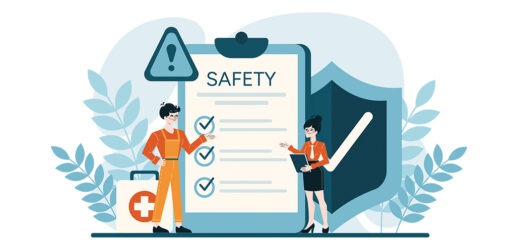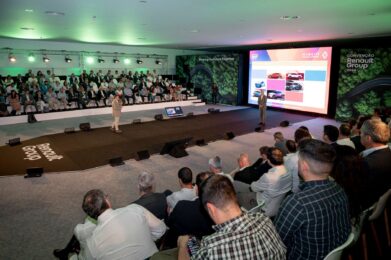We are relying on technology now more than ever to host virtual meetings, connect with teams and keep the MICE industry thriving during these trying times. But not all of us were born event tech experts. So, to ensure you are making the most out of virtual meeting tools we talked to Dacast, a streaming solution platform.
Here are some smart tips from COO Greg Ellis to optimize your next streaming or hybrid event.
1. Audio and Quality Lighting are Important
Ellis compares large audience virtual conferences and meetings to remote television broadcasting. However, where basic production quality is a given in remote television broadcasting, it is often lacking from virtual conferences and meetings. A positive first step would be to invest in a directional mic or at least an inexpensive USB computer-connected microphone.
As for lighting, natural glow on the front of the face is always best. However, if you can’t sit by a window or you’re working past sundown, low-cost equipment can make a big difference in quality.
2. Think About Production Location
At face-to-face events, venue choice is critical. Obviously, venues are not as important in virtual meetings, but that doesn’t mean they aren’t important at all. Ellis suggests that you try to make your space feel as close to a studio as possible. He points out that a bed in the background doesn’t look very professional and downloadable backgrounds can be distracting. Go for simple, plain and classy–you want your attendees to focus on your content, not your unfolded laundry.
3. Leverage Encoder Equipment
For those who can’t make your event in real time, it is good practice to record, edit and upload a copy of your event for VOD (video on demand). This also gives you the potential to reach new audiences and allows your content to continue performing at its maximum capacity. An archival copy also allows you to “reorganize the clips based on performance and remove any potential hiccups, such as the infamous Zoombombers,” Ellis said.
4. Use a Converter
If you have multiple speakers at your event, Ellis suggests having a professional video up-converter to ensure your conference screen is HD quality before encoding. Converters, such as Ensemble Designs, work to seamlessly convert a range of video formats. Simply, they ensure that the video for your virtual event, even if it is recorded by different people on different devices and in different places, is high quality.
5. Allow Attendees to Communicate
To facilitate an organized Q&A session, or just to allow attendees to communicate with one another, check to see that your conference or event has a chat function. Ellis suggests one of the many low cost professional chat applications available or embedding a private Twitter feed to simulate a traditional moderator circulating the room during Q&A sessions.




